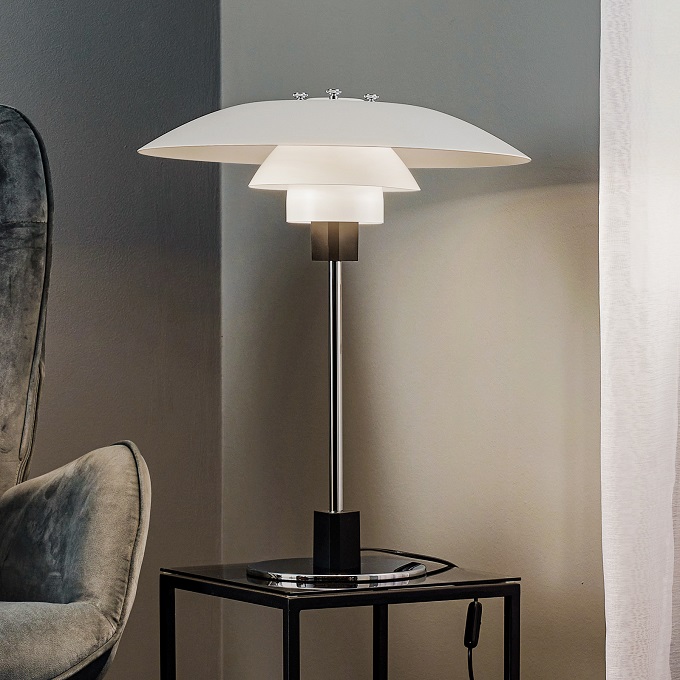The Fascinating World of Design Replicas
Design replicas are a form of art that is gaining popularity among art lovers and interior designers. At their essence, design replicas are recreations of iconic pieces of furniture, lighting fixtures, and décor items that carry the same level of style, design, and craftsmanship as the original. Through design replicas, people can enjoy the beauty, elegance, and sophistication of iconic designs without breaking the bank.
One popular type of design replica is the iconic lamp. Lamps are not only lighting fixtures but also design elements that can enhance the aesthetics and mood of a space. Many of the most iconic lamps in history, created by the likes of Arne Jacobsen, Achille Castiglioni, and Philippe Starck, have become objects of desire and status symbols, but are often out of reach for most people due to their high price tags. Design replicas have made it possible for people to own and enjoy these lamps without spending a fortune.
The Process of Creating Lamp Replicas
Replicating a design lamp is a complex process that requires precision, skill, and dedication. The first step is to carefully study the original design and understand its proportions, materials, construction, and techniques. This involves researching the history of the lamp, the designer’s vision and philosophy, as well as the cultural and social context in which it was created.
Once the design is thoroughly understood, the process of creating the replica begins. The replica maker carefully selects and sources the materials, ensuring that they match the quality and characteristics of the original. The lampshade, for example, may be made from the same type of fabric, while the base may be crafted from the same type of wood or metal.
The replica maker also pays close attention to the construction and assembly of the lamp, using the same tools and techniques as the original designer. This may involve handcrafted elements, such as welding, polishing, and carving, or using advanced technologies, such as 3D printing and laser cutting.
Finally, the replica maker puts the lamp through a rigorous quality control process to ensure that it meets the highest standards of design and craftsmanship. This may involve testing the lamp for stability, durability, and safety, as well as making adjustments to the design and construction to improve its functionality and aesthetics.
The Ethics and Legality of Lamp Replicas
As with any form of artistic practice, there are ethical and legal concerns surrounding the creation and sale of design replicas. Critics argue that makers of replicas are essentially copying the work of others without offering any originality or creativity of their own. Furthermore, some may question the legality of reproducing copyrighted designs without permission from the original designer or copyright owner.
However, proponents of design replicas argue that they offer many benefits both to consumers and the design community. First, design replicas make iconic designs more accessible to a wider audience, allowing people to enjoy the beauty and functionality of classic designs without having to pay exorbitant prices. Second, design replicas encourage appreciation for design history and innovation, and allow designers to reach a broader audience and influence new generations of designers.
In response to the concerns around ethics and legality, many replica makers and designers have adopted the principles of ethical replication, which involve creating replicas that adhere to the highest standards of craftsmanship and authenticity, respecting the rights and vision of the original designer, and offering original elements and variations that add value to the replica.
Conclusion
Design replicas have opened up new possibilities for designers, artists, and consumers to explore the world of design and creativity. Through replicating iconic lamp designs, they have made it possible for people to experience the beauty, elegance, and sophistication of classic designs without the absurd prices that often come with original pieces. While concerns around ethics and legality persist, many replicators and designers have embraced ethical principles of replication that allow them to offer high-quality replicas that respect the original designers’ visions and encourage wider appreciation of design history and innovation.
















